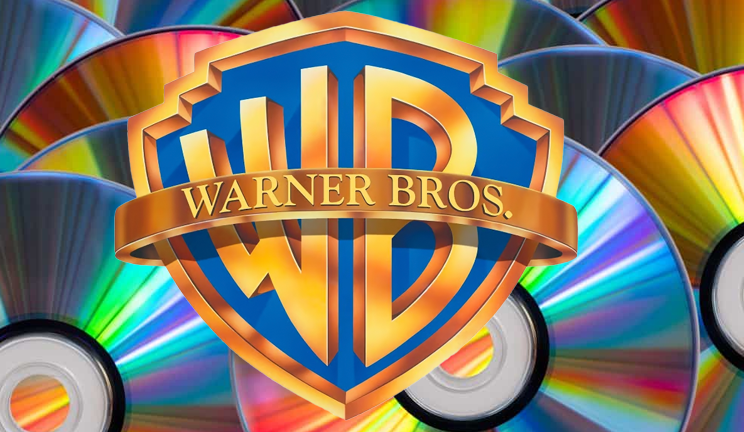Case Study – DVD Mastering for Warner Bros
Project: Develop the DVD mastering (a.k.a. authoring) process internally at Warner Bros., two years before DVD hit the market.
Background
In 1995, when DVD was just a glint in Warren Lieberfarb’s eye, I was a lowly project manager at Warner Bros. in the newly minted Technical Operations division under Chris Cookson. Warner Home Video (WHV) needed a technical project manager to develop the process to master DVDs (create the source master, not mass production, a.k.a. replication) and prepare the first 100 movie titles (a list which changed weekly) for replication, and I was handed the project.
Project
Prior to DVD, home video was simple – record the content to video tape, package, and ship. DVD mastering involved new technologies, procedures, and processes for media including video and audio digitizing, asset management (video, audio, subtitle, and graphic files), programming (for menus and other features), and multi-audio synchronization (languages, commentary tracks), among others. Each DVD was a mini project, each with its own nuances.
Some of the challenges included:
- Audio language tracks – WHV required English, French, Italian, German, and Spanish (EFIGS) for the European DVD, and English, French, Spanish and Japanese for the North American DVD. However, language translations, both audio and subtitle, were created in the territory for that language, so all the assets, whether an audio track (a.k.a. dub), subtitle file, or script were in that territory. There had never been a need to centralize the assets for any movie or TV title, but now there was. I commandeered a person in the WB vault and he researched and ordered copies of all the assets we would need.
- Synchronization – All the language tracks had to synchronize to the same video, which also had never been done before. Frequently, there would be small edits to conform the video to the audio. Sometimes, entire scenes would be missing from a track and we had to recreate them with voice actors (ask me about Willy Wonka and the Chocolate Factory). We built a special studio in our audio department to handle 5.1 track audio conforming.
- Subtitles – The feature to turn subtitles on and off was entirely new. All subtitled videos were burned in and created specifically for each territory, which meant there could be upwards of 30 versions of a movie. WHV wanted just two. I worked with a subtitling company to create the files that we ingested into our authoring tool. I have a funny story about that situation as well.
- Equipment – All our gear, encoders, authoring hardware/software, was provided by our partner, Toshiba. I was responsible for hiring all the technicians, alpha and beta testing the gear, and developing all the production processes and procedures.
- File Management – As video and audio files were encoded, graphics files for menus were delivered, and subtitle packages were created, my team developed an automated system to ingest and store them along with descriptive metadata to facilitate the authoring process.
- Authoring – Putting it all together was also a new process with new programming languages and tools. Fortunately, my background in computer programming allowed me to come up to speed quickly and train the technicians I hired.
There’s so much more but suffice it to say that I had a great time getting the department up and running and overseeing the first five movies released by WB. Seeing the opportunity to provide services to other studios, I left Warner Bros. in 1997 to start my own boutique DVD authoring, graphic design, and post-production facility, Advanced Media Post.
Feel free to ask me about my war stories from this time.


